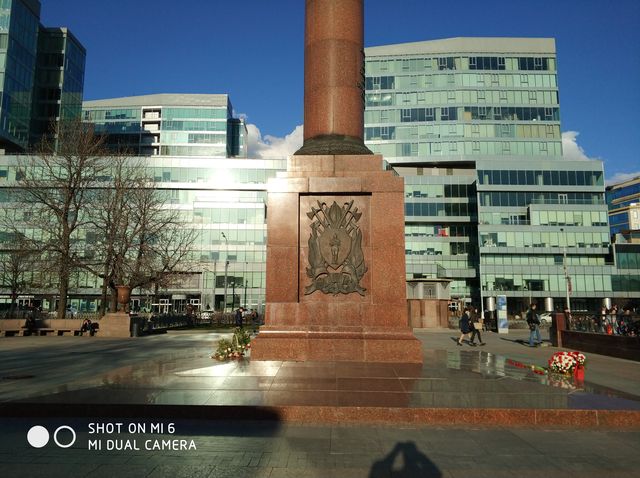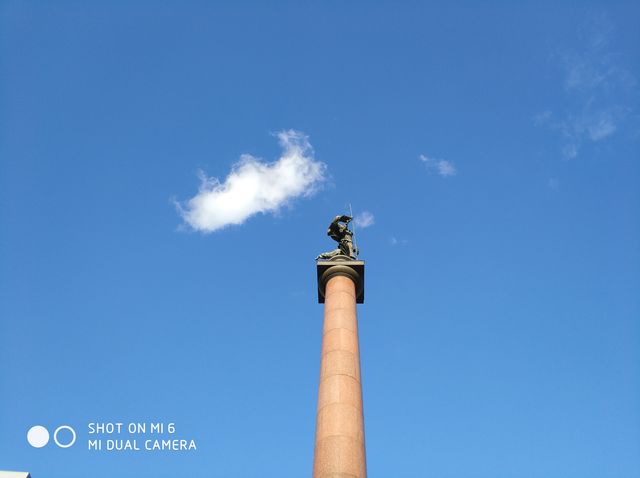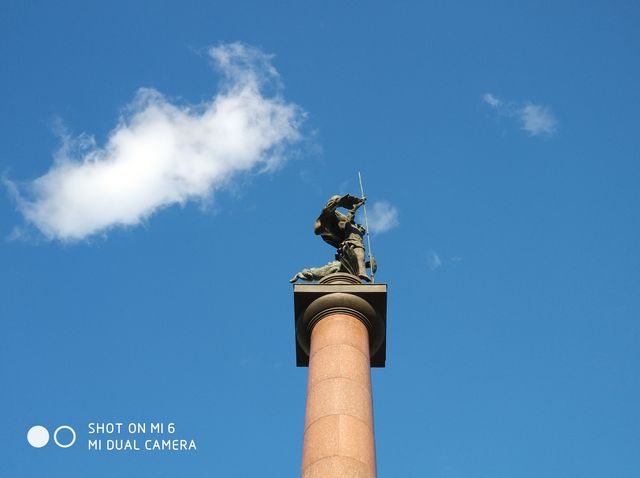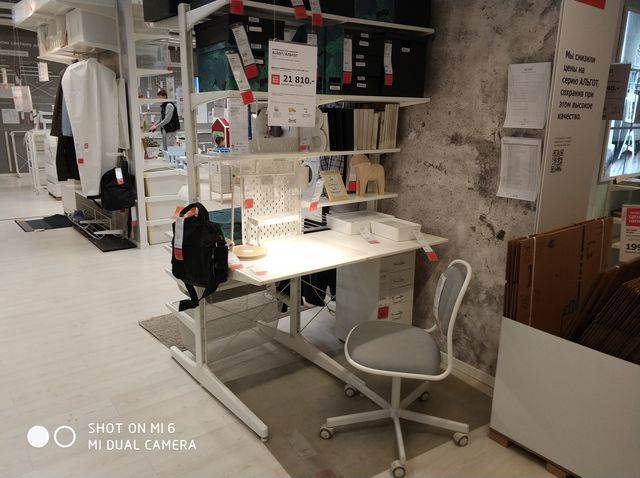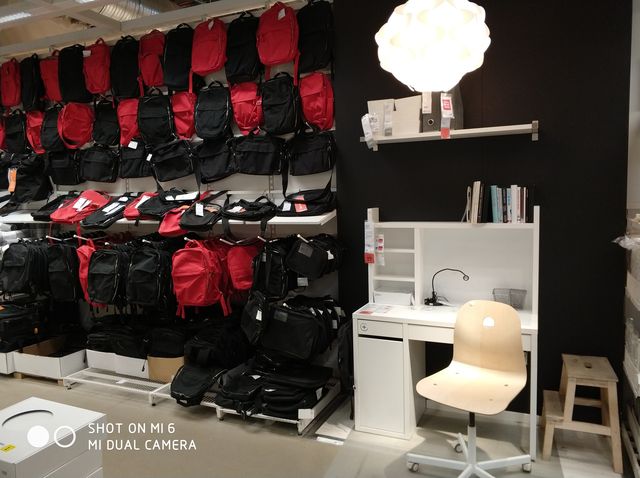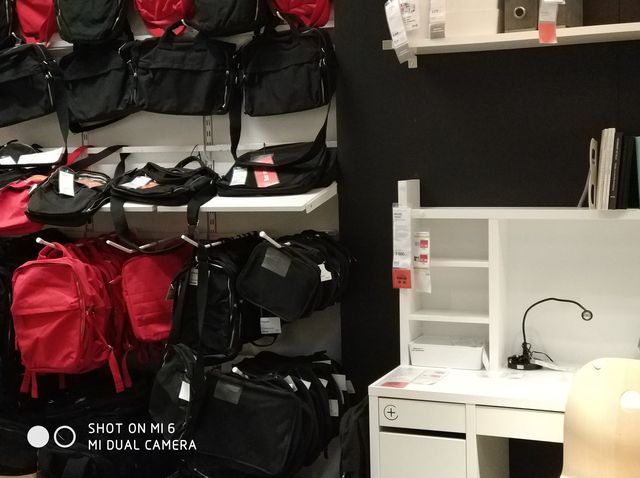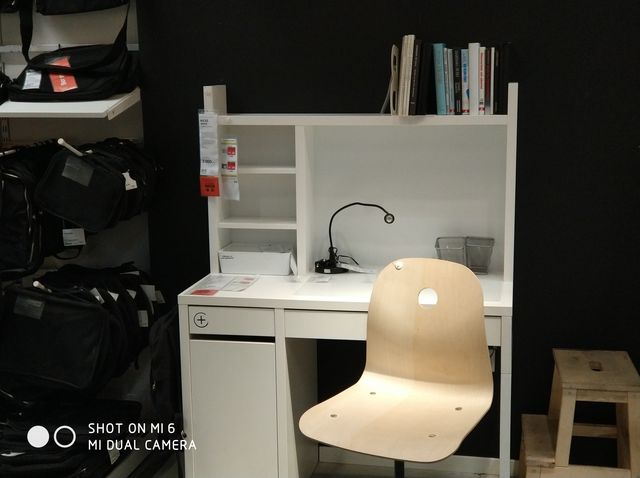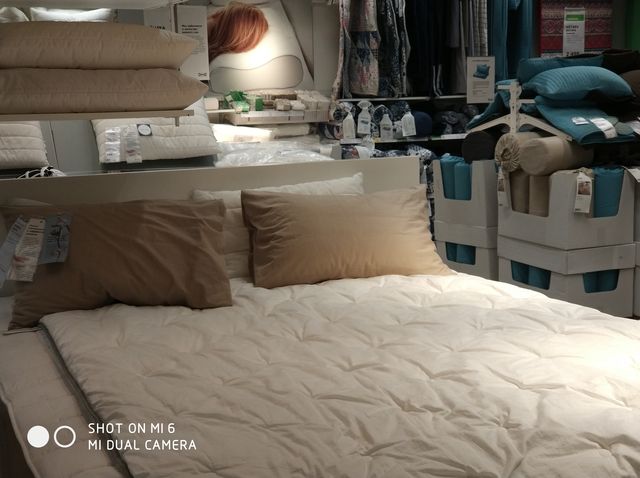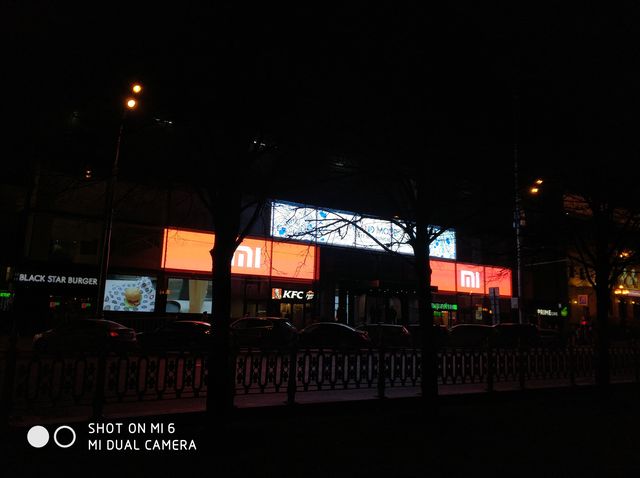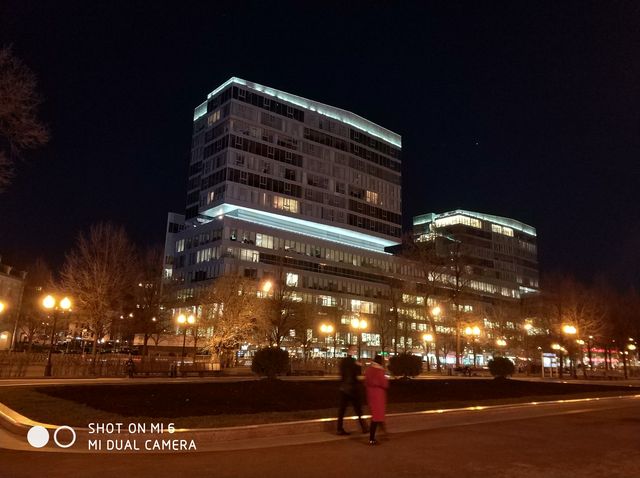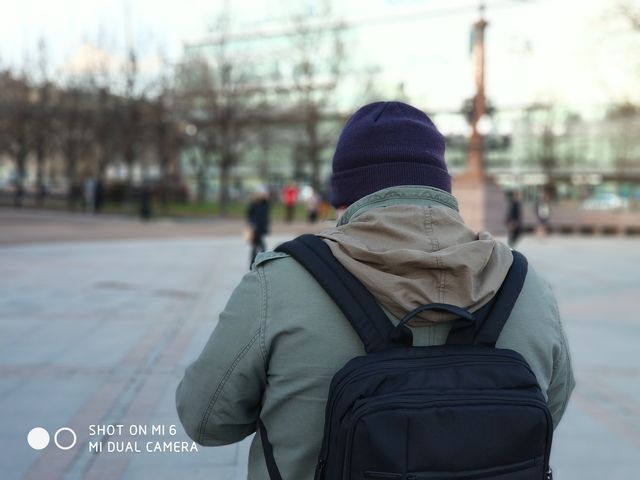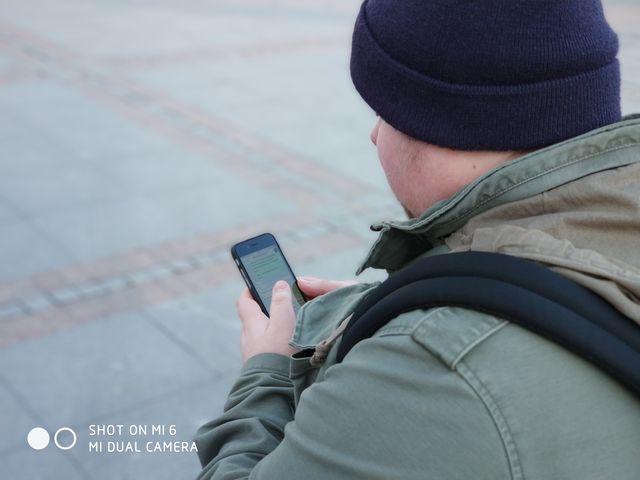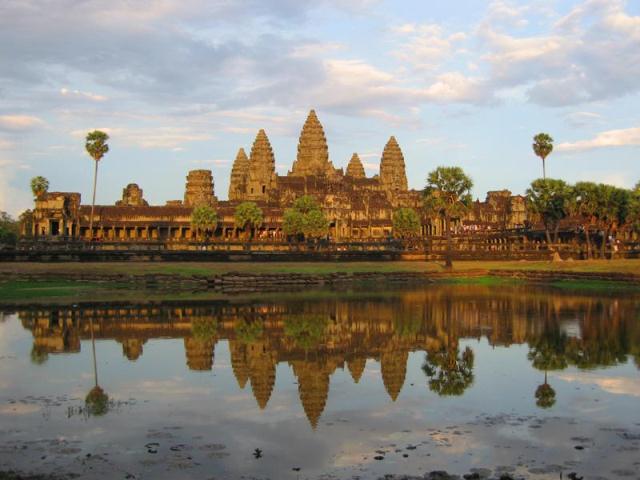Xiaomi Mi6 Camera Test: Sample photos + Discount Coupon
Today we want to make the first camera test Xiaomi Mi6, and share our impressions from it. Xiaomi Mi6 is the latest flagship smartphone from Chinese manufacturer. It was released some weeks ago, and now the price is quite high. But you can use coupon codes to buy Xiaomi Mi6 at a very attractive price:
[su_table]
| Xiaomi Mi6 64GB | Coupon: PZ0041WUS64SJ | [su_button url=”https://goo.gl/ivvIuT”]Price: $467.73[/su_button] |
| Xiaomi Mi6 128GB | Coupon: PZ0041WUS128SJ | [su_button url=”https://goo.gl/K37wQL”]Price: $564.66[/su_button] |
[/su_table]
Note: Coupons are valid until May 20, 2017.
Xiaomi Mi6 Camera Test: comparison with iPhone 7
Xiaomi Mi6: Camera test
To begin with, Xiaomi has followed the main trend of the end of the past and the beginning of this year – a double camera. Many people simply do not understand for what the second camera, and either do not use it at all, or use it incorrectly. As for me, I don’t even look for the smartphone to buy, if it doesn’t have dual camera.
Xiaomi Mi6 has two modules of 12 MP on the rear panel. One is used as a “width” (not entirely correct, but it’s logic explanation), and the second is a telephoto lens. While there are not so many similar solutions (Apple iPhone 7 Plus, Asus Zenfone Zoom), basically two eyepieces serve to blur the background (Huawei P10, UMI Z Pro, Honor 8 Pro, etc.), and LG has a real wide-angle lens.
The main module Xiaomi Mi6 camera has an aperture f/1.8, and the second – f/2.6. It seems that at the moment to make “light” optics for a zoom lens is problematic, so it has only f/2.6. The value is small: little light will fall, ISO will increase, more noise will appear, the exposure will become longer – more greases.
The focal length of the main lens is 27 mm, the size of the sensor is 1/2.29 inches, the pixel size is 1.25 μm; A telephoto lens – 52 mm, the size of the sensor seems to be the same, the pixel size is 1 μm.
It is strange, but optical stabilization is only in main module, although it would be more logical to do it in the secondary module, because with increasing the focal length the sensitivity to jitter is higher. In addition, there is phase focusing (again only for the main camera).
The module of the main camera Sony IMX386 was presented in the middle of last year. This module is equipped with Meizu MX6/Pro 6 Plus, Huawei Nova. I can not say that it is bad, but it is not the best. The module for the telephoto lens Xiaomi was chosen from Samsung S5K3M3.
Daylight Photos
As you can see, with good lighting, the ISO is about the same, there are no noise, there are not many artifacts. The balance of white modules is worked out in different ways: the main one has blue-red hues, and tele camera has yellow-green hues. In any case, the difference is noticeable: on the tele-photo the detailing is much better than if we made a crop out of the frame from the main camera. In addition, there is less distortion.
Low lighting indoor photos
Here, the software should show how it works, because the lighting is bad and something needs to be invented with ISO, exposure and suppression of “shake”. As far as I understand, the developers decided to do like this: slightly reduce the shutter speed, but increase ISO – the picture will become slightly darker, noises will increase, but the risk of getting a blurry frame will be reduced to a minimum. Of course, in the case of tele-photo, detailing falls, artifacts appear, but this is inevitable.
Night photos
In such lighting conditions, almost all smartphones make bad photos. Both lenses Xiaomi Mi6 do not work very well: a lot of noise, a lot of compression artifacts, low detail and so on. Let’s see what will happen in final software. At the moment, it’s difficult to comment night photos.
Background blur
It is the most interesting topic for me. I very often take pictures on Huawei P9 Plus with a dual camera. There background blurring is based on analyzing information from two cameras. The blur can be adjusted, that is, either completely blurred, as with f/1, or everything is sharp. I used to think that such a decision is some kind of stupidity, now I hardly manage without frames with a beautiful bokeh. Of course, it does not always work correctly, but you can adapt.
Xiaomi Mi6 degree of blur can not be adjusted, which is not very interesting. However, Asus Zenfone 3 Zoom does not have a depth effect at all that is even sadder.
Xiaomi Mi6 photos are interesting from an artistic point of view. You can focus on certain points, like when taking photos on “SLR camera”. Again, you need to have a small skill in taking photos with this effect, otherwise the photos will be horrible.
How do you think guys – what is more important a wide angle or a telephoto lens for dual camera?
[su_table]
| Xiaomi Mi6 64GB | Coupon: PZ0041WUS64SJ | [su_button url=”https://goo.gl/ivvIuT”]Price: $467.73[/su_button] |
| Xiaomi Mi6 128GB | Coupon: PZ0041WUS128SJ | [su_button url=”https://goo.gl/K37wQL”]Price: $564.66[/su_button] |
[/su_table]
